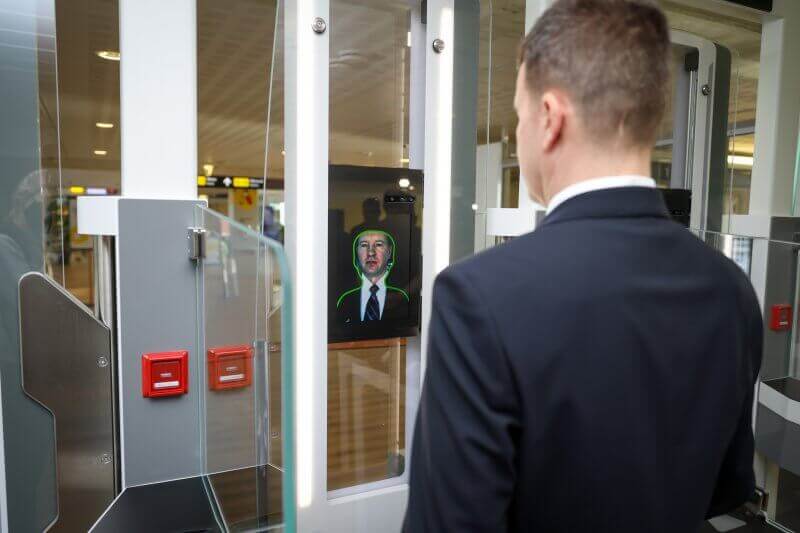Quote: ‘New EES system to address issue of overstaying – tracking and enforcement of 90-day limit for non-visa holders’
The implementation of the new biometric border control system – Entry and Exit System (EES) – in European countries, has been delayed until May 2024.
The new EES system is to address the issue of overstaying by non-visa holders, currently difficult to track under the traditional passport checks and stamps system.
By automatically logging the time and date of entry into the European area, the EES will provide better tracking and enforcement of the 90-day limit for non-visa holders.
The EES is updating border controls across all 27 EU countries, and those also within the Schengen area.
Necessary documentation required to visit these countries remains the same, with the EES introducing a new method of border control, involving biometric data, including fingerprint and facial scanning, via electronic gates.
The EES system has been in development, prior to the Brexit referendum in 2016, initially scheduled to commence in November 2023, now postponed until May 2024.
The primary reason cited for the delay is the unavailability of the database needed to run the EES.
The new system will apply to over 50 countries, including the US and the UK, which do not require visas for holiday travel. Country-to-country travel within Europe and foreign nationals with visas or permanent permission to stay in the EU will not be affected.
Some EU countries have raised concerns about the time scale the new system will take.
Airports currently use biometric scanners to check passports, but only scan photos and validity of the passport.
The EES will introduce a more sophisticated method of biometric scanning aiming to provide better control and monitoring of non-visa holders entering and leaving EU countries.
An announcement regarding the EES revised implementation date is expected in June.





